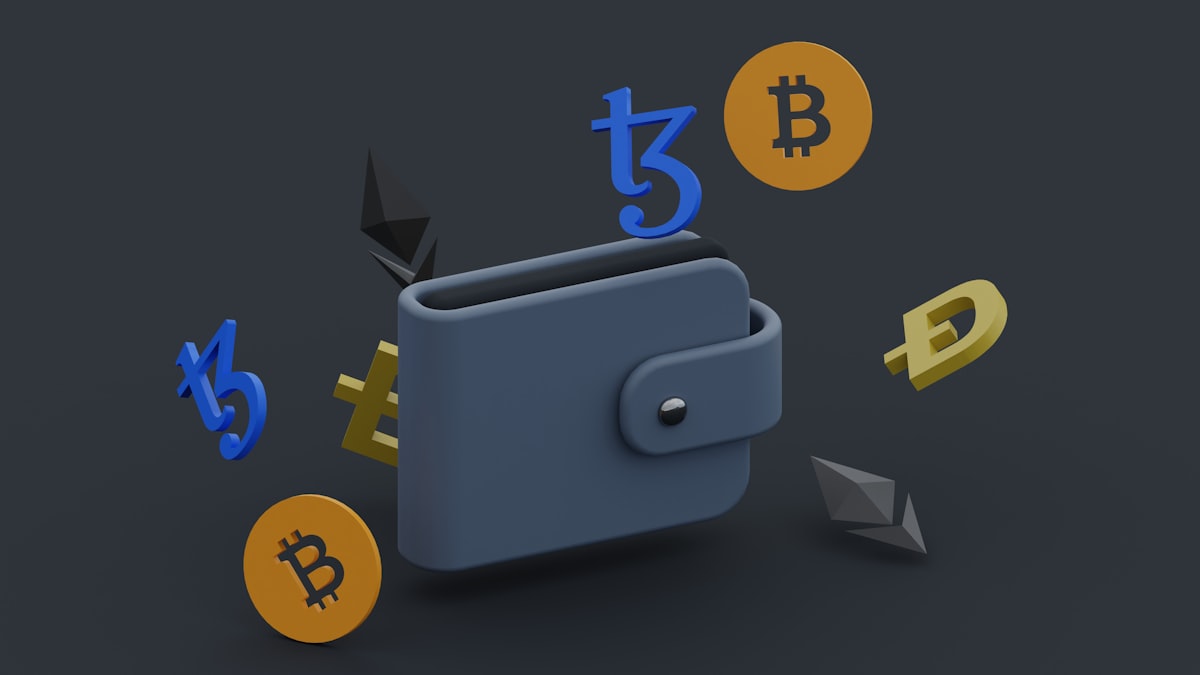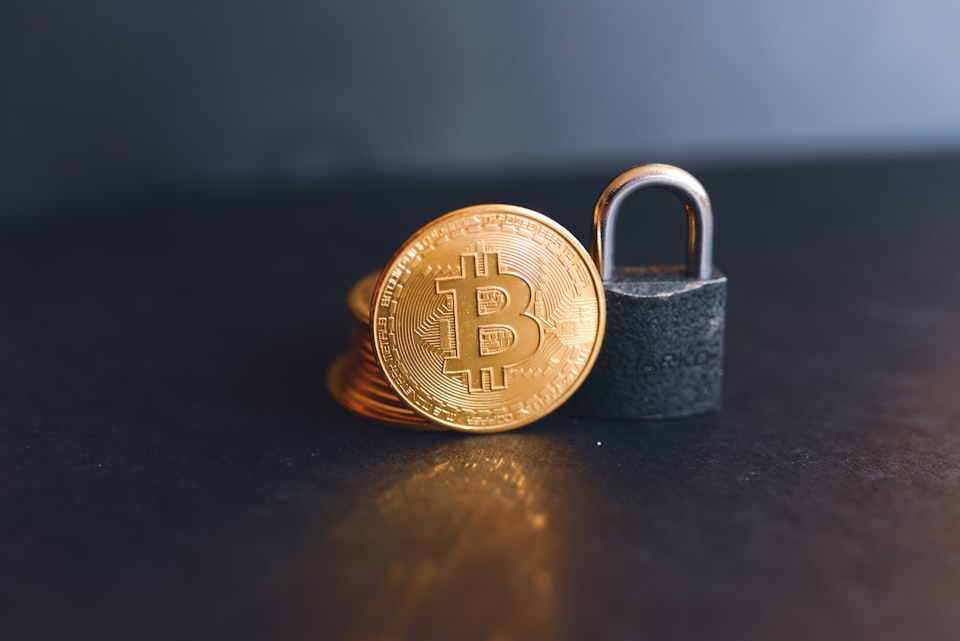Secure Your Crypto Future: Navigating the Maze of Hot and Cold Wallets

In the ever-evolving landscape of cryptocurrencies, securing your digital assets is paramount. As the popularity of cryptocurrencies continues to soar, the risk of theft and hacking attempts also escalates, making it crucial to adopt robust security measures. One of the most critical decisions you'll face as a crypto enthusiast is choosing between a hot wallet and a cold wallet. This comprehensive guide will delve into the intricacies of both wallet types, empowering you to make an informed decision and safeguard your crypto future.
Understanding Hot Wallets
What are Hot Wallets?
Hot wallets, also known as software wallets or online wallets, are cryptocurrency storage solutions that remain connected to the internet. These wallets are designed for convenience and seamless access, allowing you to conduct transactions quickly and efficiently. Popular examples of hot wallets include mobile wallets like Coinbase Wallet, Exodus, and Trust Wallet, as well as web-based wallets like MetaMask and MyEtherWallet.
Advantages of Hot Wallets
- Convenience: Hot wallets offer unparalleled convenience, enabling you to access your crypto assets from anywhere with an internet connection. This mobility makes them ideal for frequent traders and those who prioritize accessibility.
- Ease of Use: Most hot wallets boast user-friendly interfaces, making them suitable for beginners and experienced users alike. They often integrate with popular exchanges, streamlining the buying and selling process.
- Multi-Cryptocurrency Support: Many hot wallets support a wide range of cryptocurrencies, allowing you to manage your diverse portfolio from a single platform.
Disadvantages of Hot Wallets
- Security Risks: Since hot wallets are connected to the internet, they are inherently more susceptible to cyber threats, such as hacking attempts, malware, and phishing scams. A successful attack could result in the loss of your cryptocurrencies.
- Third-Party Dependence: Most hot wallets rely on third-party providers, which can introduce additional security risks and potential points of failure. If the provider's servers are compromised or the company goes out of business, you may lose access to your funds.
- Limited Control: With hot wallets, you do not have complete control over your private keys, as they are typically managed by the wallet provider. This can be a significant drawback for those who value absolute ownership and autonomy.
Understanding Cold Wallets
What are Cold Wallets?
Cold wallets, also known as hardware wallets or offline wallets, are physical devices designed to store your cryptocurrencies securely offline. These wallets are not connected to the internet, making them virtually immune to remote hacking attempts and cyber threats. Popular cold wallet options include Ledger, Trezor, and KeepKey.
Advantages of Cold Wallets
- Enhanced Security: By keeping your private keys offline and isolated from the internet, cold wallets offer unparalleled security against cyber threats, significantly reducing the risk of theft or unauthorized access.
- Complete Control: With a cold wallet, you have full control over your private keys, ensuring true ownership and autonomy over your crypto assets.
- Longevity: Cold wallets are designed to be durable and long-lasting, providing a reliable solution for storing your cryptocurrencies for extended periods.
Disadvantages of Cold Wallets
- Inconvenience: To access or transact with your cryptocurrencies, you need to physically connect your cold wallet to a trusted device, which can be inconvenient for frequent traders or those who require constant access.
- Initial Cost: High-quality cold wallets can be more expensive than hot wallets, as they involve manufacturing physical devices with advanced security features.
- Learning Curve: Setting up and using a cold wallet may have a steeper learning curve compared to hot wallets, especially for beginners.
Choosing the Right Wallet: Factors to Consider
Security vs. Convenience Trade-off
When deciding between a hot wallet and a cold wallet, the primary consideration is the balance between security and convenience. If you prioritize maximum security and are willing to sacrifice some convenience, a cold wallet may be the better choice. However, if you value accessibility and frequently trade cryptocurrencies, a hot wallet could be more suitable, albeit with inherent security risks.
Amount of Crypto Holdings
The amount of cryptocurrencies you hold is another crucial factor to consider. If you possess a substantial amount of digital assets, it is generally recommended to store the majority of your holdings in a cold wallet, while keeping a smaller portion in a hot wallet for daily transactions. This approach minimizes the potential loss in the event of a security breach.
Frequency of Transactions
If you actively trade or transact with cryptocurrencies on a regular basis, a hot wallet may be more practical, as it allows for seamless access and quick transactions. Conversely, if you plan to hold your cryptocurrencies for long-term investment purposes, a cold wallet could be a safer and more secure option.
Level of Technical Expertise
Your technical expertise and comfort level with handling cryptocurrencies should also be considered. If you are a beginner or prefer a more user-friendly experience, a hot wallet with an intuitive interface may be the better choice. However, if you are tech-savvy and value advanced security features, a cold wallet could be a more suitable option.
Combining Hot and Cold Wallets: A Hybrid Approach
The Best of Both Worlds
While hot wallets and cold wallets each have their unique advantages and disadvantages, many cryptocurrency enthusiasts opt for a hybrid approach that combines the strengths of both. This strategy involves using a hot wallet for daily transactions and a cold wallet for secure long-term storage.
By keeping the majority of your crypto holdings in a cold wallet and only transferring smaller amounts to a hot wallet as needed, you can strike a balance between security and convenience. This hybrid approach allows you to enjoy the accessibility and ease of use provided by hot wallets while minimizing the risk of losing significant funds in the event of a security breach.
Implementing the Hybrid Approach
To implement the hybrid approach, follow these steps:
- Set up a cold wallet: Choose a reputable cold wallet provider, such as Ledger or Trezor, and follow the manufacturer's instructions to set up and secure your device.
- Set up a hot wallet: Select a user-friendly hot wallet that supports the cryptocurrencies you hold, such as Coinbase Wallet or MetaMask.
- Transfer funds: Once both wallets are set up, transfer the majority of your crypto holdings from your hot wallet to your cold wallet for secure storage.
- Regular backups: Regularly backup your cold wallet's recovery seed phrase (a sequence of words used to restore access to your wallet) in a secure location, such as a fireproof safe or a password manager.
- Hot wallet management: Keep only the amount of cryptocurrencies you need for daily transactions or immediate use in your hot wallet, and replenish it from your cold wallet as needed.
By implementing this hybrid approach, you can enjoy the best of both worlds – the security of a cold wallet for long-term storage and the convenience of a hot wallet for daily transactions.
Best Practices for Wallet Security
Securing Your Hot Wallet
While hot wallets are inherently more vulnerable to cyber threats, there are several best practices you can follow to enhance their security:
- Use reputable wallets: Choose hot wallets from well-established and reputable providers with a strong track record of security and regular updates.
- Enable two-factor authentication (2FA): Whenever possible, enable 2FA or multi-factor authentication to add an extra layer of security to your hot wallet.
- Use strong passwords: Create strong, unique passwords for your hot wallet accounts and avoid reusing passwords across multiple platforms.
- Keep software updated: Regularly update your hot wallet software to ensure you have the latest security patches and bug fixes.
- Be cautious of phishing attempts: Never share your private keys or seed phrases with anyone, and be wary of suspicious emails, websites, or messages claiming to be from your wallet provider.
Securing Your Cold Wallet
While cold wallets offer enhanced security, it's still essential to follow best practices to safeguard your crypto assets:
- Keep your seed phrase secure: Never share your cold wallet's recovery seed phrase with anyone, and store it in a secure location, such as a fireproof safe or a password manager.
- Use a hardware wallet with a reputable brand: Choose a cold wallet from a well-known and trusted brand, such as Ledger or Trezor, to ensure you're getting a genuine and secure device.
- Enable additional security features: Many cold wallets offer additional security features, such as passphrase protection or PIN codes. Enable these features for added security.
- Keep your cold wallet offline: Only connect your cold wallet to a trusted device when you need to access or transact with your cryptocurrencies. Keep it offline and stored in a secure location when not in use.
- Regular backups: Regularly backup your cold wallet's recovery seed phrase to ensure you can regain access to your funds in case of loss or damage to your device.
By following these best practices, you can significantly enhance the security of both your hot and cold wallets, minimizing the risk of theft or unauthorized access to your valuable crypto assets.
Conclusion
Navigating the intricate world of hot and cold wallets is a critical step in securing your crypto future. By understanding the advantages and disadvantages of each wallet type, you can make an informed decision that aligns with your specific needs and risk tolerance.
Remember, there is no one-size-fits-all solution when it comes to cryptocurrency storage. Some may prioritize convenience and opt for a hot wallet, while others may favor the enhanced security of a cold wallet. The hybrid approach, combining the strengths of both wallet types, can provide a balanced solution for many crypto enthusiasts.
Regardless of your chosen wallet strategy, adhering to best practices for security is paramount. Implement robust security measures, such as enabling two-factor authentication, using strong passwords, and regularly updating your software. Additionally, exercise caution when dealing with sensitive information like private keys and seed phrases.
By staying vigilant and proactive in your approach to cryptocurrency storage, you can navigate the maze of hot and cold wallets with confidence, ensuring the safety of your digital assets and securing your crypto future.
The information provided in this article is for educational and informational purposes only and should not be construed as financial advice. Readers are advised to conduct their own research and consult with a qualified financial advisor before making any investment decisions.




